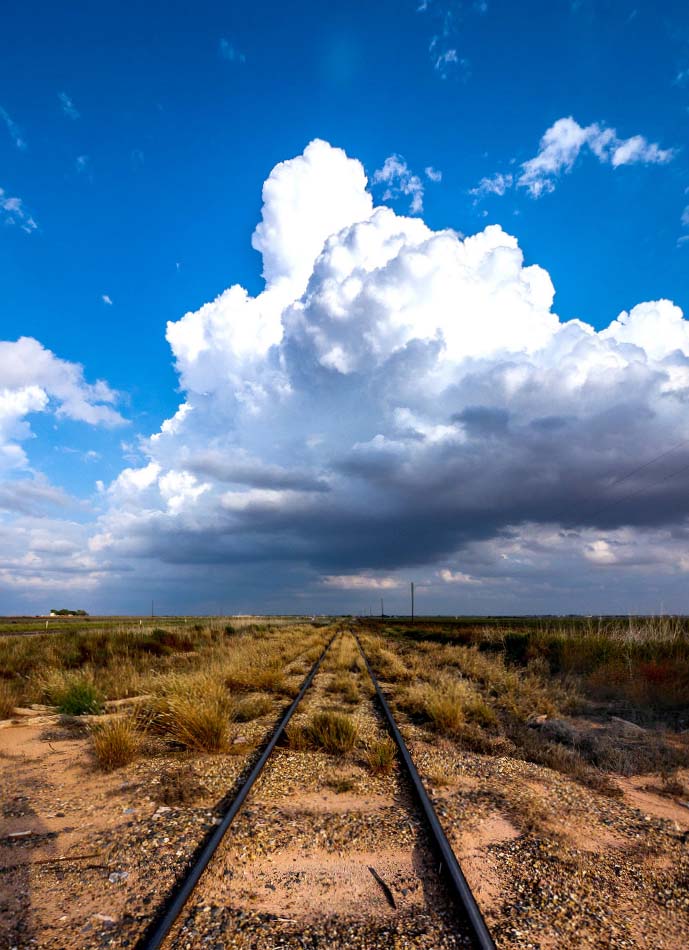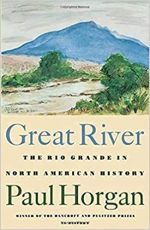We do not usually think about eating weeds, nor do we bother cultivating them. They are just there and grow where we don’t want them. One of these “wild” greens is mustard, which is packed with nutrients. It is one of the first plants you see all over the mid Rio Grande basin in Spring. It grows at least six inches high with serrated or jagged leaf edges. Just biting into a leaf gives you the taste of mustard to help you identify this plant.
2 c. young leaves,* well washed
1 T. vinegar or lemon juice
1 clove garlic
1 T. pine or other nuts
Blend until coarse. Add slowly
1/3 c. olive oil
1/3 c. Parmesan cheese
Store in a container with a tight lid.
*the amount of mustard used can be increased depending on your taste.




